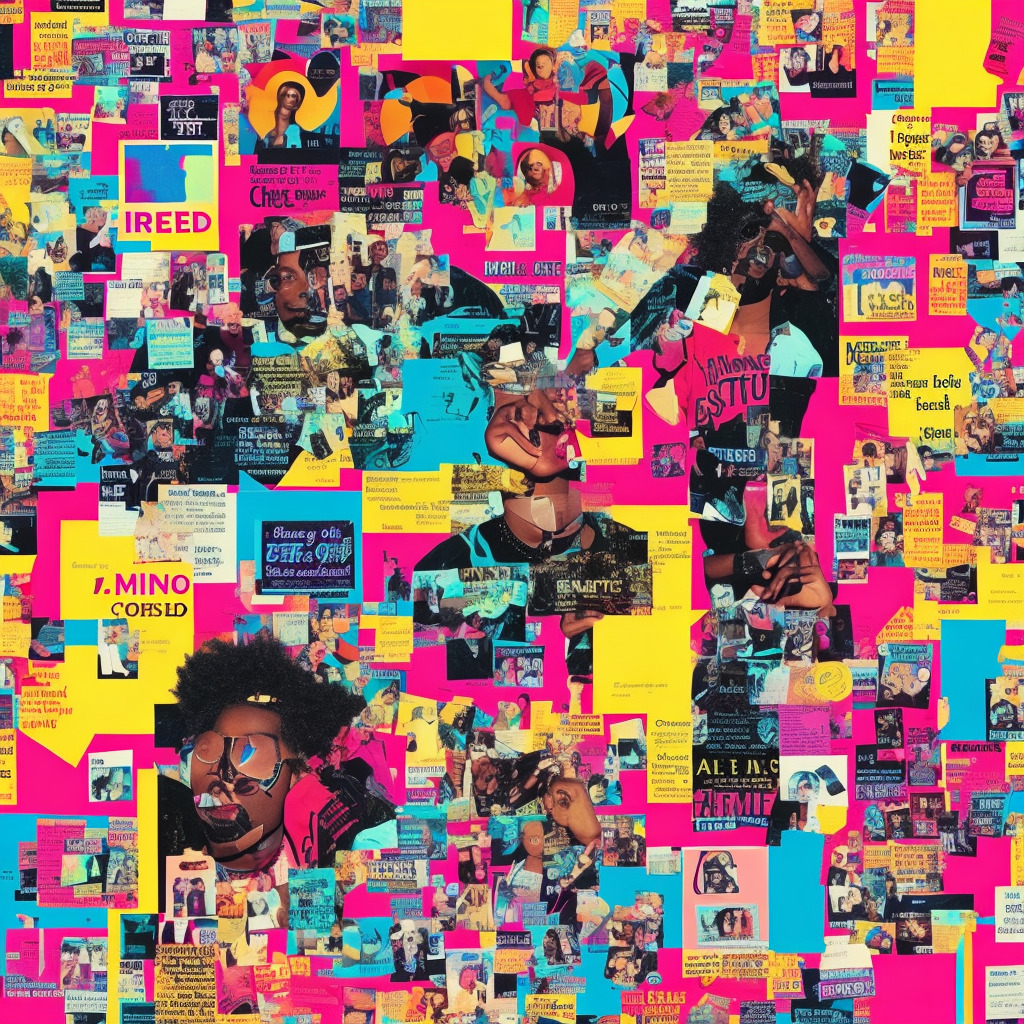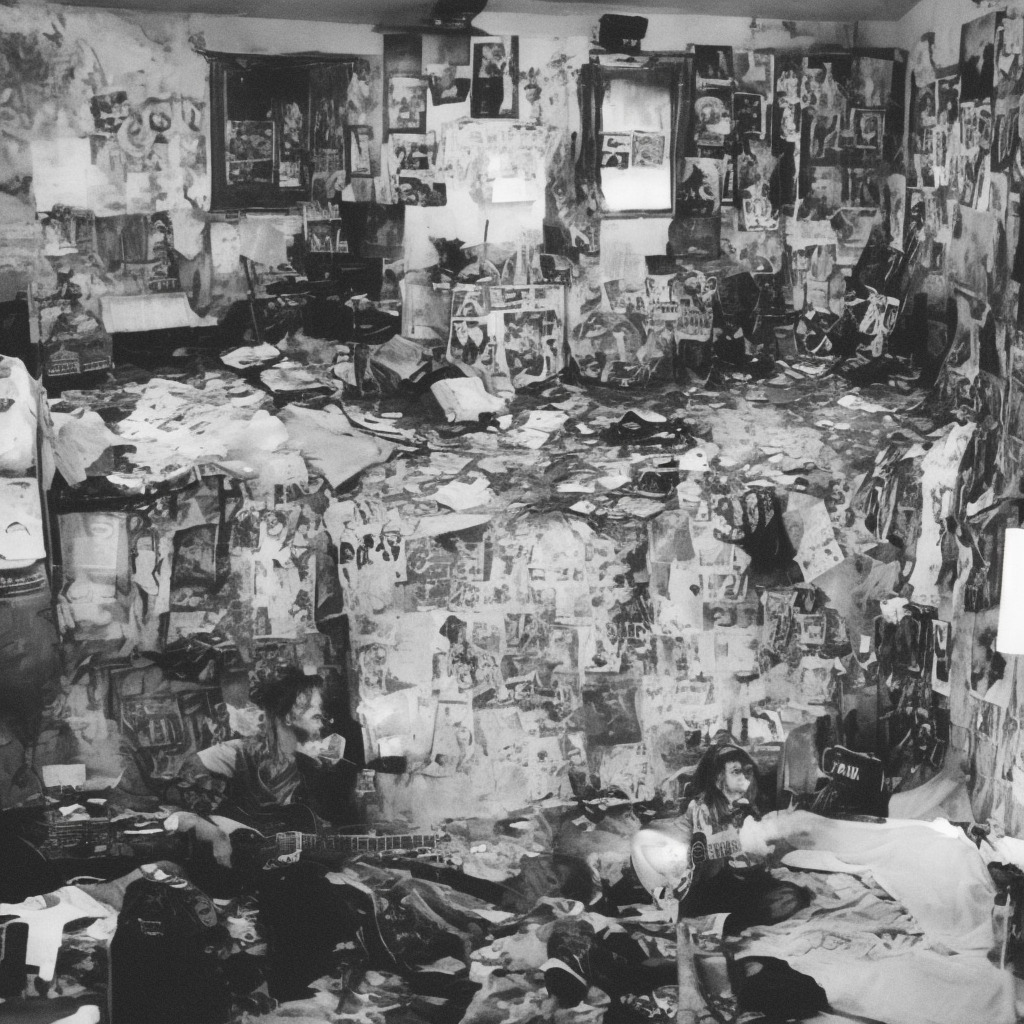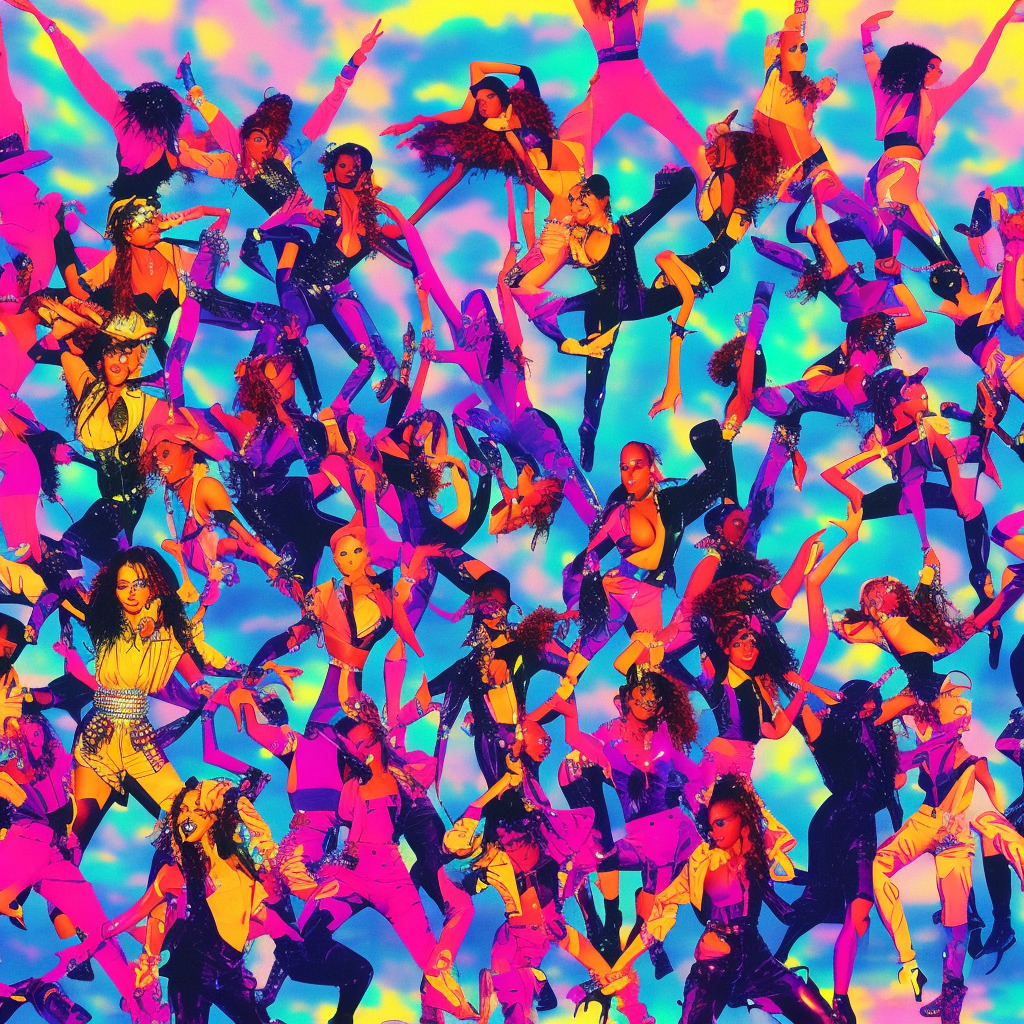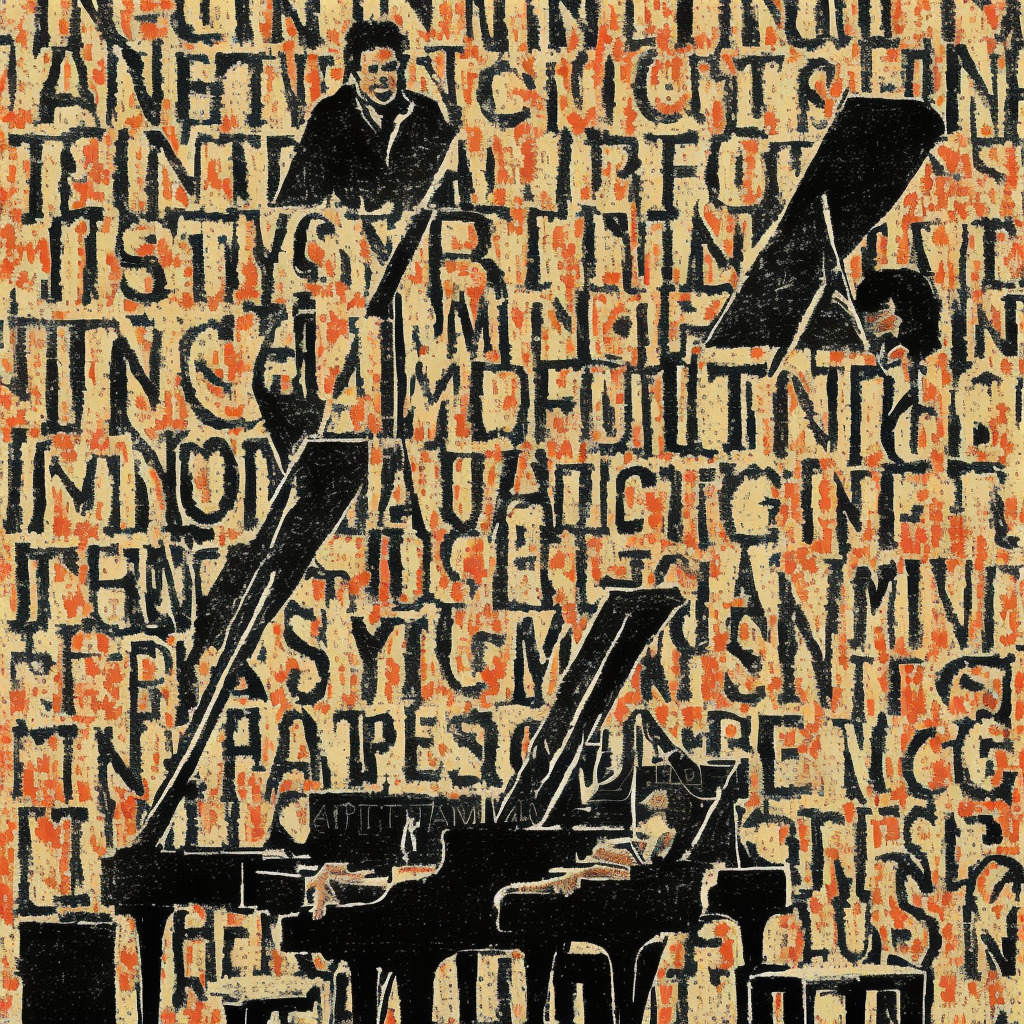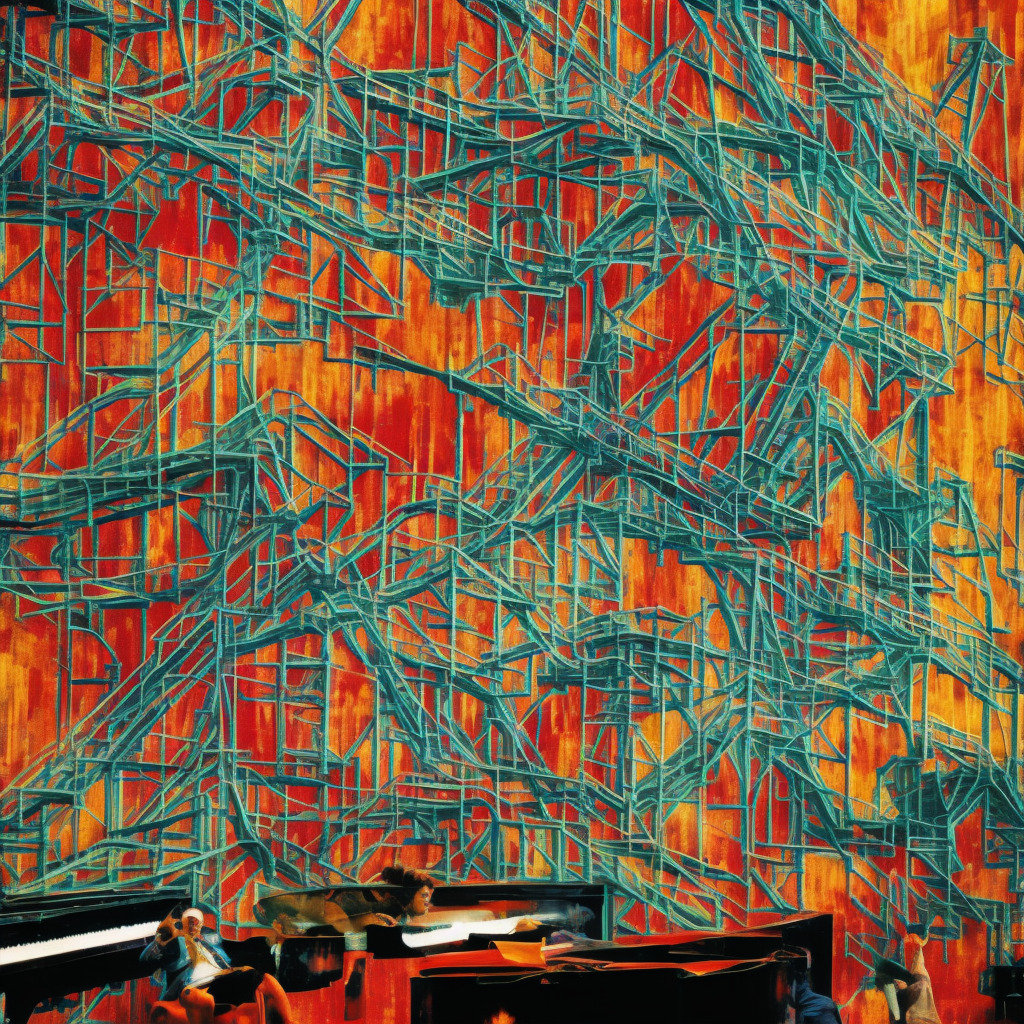🎵 Did ya know? Britney’s iconic #BabyOneMoreTime was almost TLC’s track! But our Pop Princess slayed it as her debut single in ’98! 💃✨ Talk about destiny, y’all! #FunFact #BritneySpears #90sPop #ThrowbackThursday Read about it: tinyurl.com/4xv5fht6
From Humble Beginnings to Pop Icon: The Impact of Britney Spears’ Debut Single
From teenage rebel to resilient icon, Britney Spears’ debut single, “…Baby One More Time,” revolutionized pop music and inspired a generation of artists.

Born on December 2, 1981, in McComb, Mississippi, Britney Jean Spears was destined to take the world by storm from an early age. Little did we know that she would change the face of pop music with the release of her debut single, “…Baby One More Time,” in 1998. This catchy tune, coupled with a memorable music video, launched the then 16-year-old Britney into superstardom overnight. Fast forward to now, and Britney Spears has become a household name, with numerous awards, accolades, and a fiercely loyal fanbase to her credit.
Produced by Max Martin, “…Baby One More Time” was the perfect introduction to Britney’s distinctive style, which combined infectious pop melodies with sultry vocals and just the right amount of rebellion. The iconic music video, directed by Nigel Dick, featured the young Spears dressed as a schoolgirl, a look that would become synonymous with her image in the years to come. The song reached the top of the charts in multiple countries, including the United States, the United Kingdom, and Canada, and sold over 10 million copies worldwide.
Throughout her career, Britney Spears has released nine studio albums, selling over 100 million records worldwide, making her one of the best-selling music artists of all time. She has received numerous awards and accolades, including a Grammy Award, seven Billboard Music Awards, and the prestigious Michael Jackson Video Vanguard Award at the 2011 MTV Video Music Awards. Moreover, Spears has secured a star on the Hollywood Walk of Fame and consistently ranks in various lists of the greatest artists of all time and influential women in music.
However, Britney’s journey has not been without its challenges. The intense media scrutiny she faced in the early 2000s led to a very public breakdown and struggles with mental health. Despite these hurdles, she has continued to produce music, engage with her fans, and maintain a successful Las Vegas residency, proving her resilience and enduring appeal.
In conclusion, Britney Spears’ debut single, “…Baby One More Time,” marked a new era in pop music, solidifying her position as a true pop icon. Her influence can still be felt today, with countless artists citing her as an inspiration. As music lovers and industry observers, we can only hope that Britney will continue to grace us with her presence, talent, and undeniable charisma for years to come.
Charting the Pop Princess’s Rise to Stardom
Reliving Britney’s meteoric rise to pop royalty with “Baby One More Time,” the chart-topping, record-shattering debut that took the world by storm.

Upon its release on October 23, 1998, “Baby One More Time” immediately began to climb the charts and attract attention from music enthusiasts all around the world. The debut single from the then 16-year-old Britney Spears managed to impact the charts in various countries, setting the stage for one of the most iconic pop careers to date.
In the United States, “Baby One More Time” made its debut on the Billboard Hot 100 chart at number 17 on the week of January 30, 1999. The song quickly gained momentum and reached its peak position of number 1 on the chart just a few weeks later, on the week of February 20, 1999. Britney’s debut single held the top spot for two consecutive weeks, making her a household name and setting the stage for her future chart-topping endeavors.
The single’s success wasn’t limited to the United States. “Baby One More Time” reached the coveted number 1 spot in numerous countries such as Canada, United Kingdom, Australia, Germany, and France, to name a few. In the United Kingdom, the track even managed to become the fastest-selling debut single of all time, selling over 460,000 copies within its first week of release.
“Baby One More Time” spent a remarkable 32 weeks on the Billboard Hot 100 chart and ranked as the 5th best-selling single of 1999 in the United States. It was also the highest-selling single of 1999 in the United Kingdom, where it spent a total of 15 weeks within the Top 40 charts.
Apart from its commercial success, “Baby One More Time” also received critical acclaim and numerous accolades. The song was nominated for a Grammy Award in the Best Female Pop Vocal Performance category in 2000. The track’s iconic music video, directed by Nigel Dick, earned Britney a MTV Video Music Award for Best Pop Video in 1999.
In summary, “Baby One More Time” was a true chart phenomenon that catapulted Britney Spears to superstardom and solidified her place in pop music history. The song’s impressive chart performance and worldwide appeal remain a testament to its timeless appeal and catchy tune.
Decoding the Lyrics: A Look Back at the Era
Oh baby, baby
How was I supposed to know
That something wasn’t right here
Oh baby, baby
I shouldn’t have let you go
And now you’re out of sight, yeah
Show me how you want it to be
Tell me, baby, ’cause I need to know now, oh because
My loneliness is killing me (and I)
I must confess I still believe (still believe)
When I’m not with you, I lose my mind
Give me a sign
Hit me, baby, one more time
The lyrics of “…Baby One More Time” can be seen as a reflection of the late 90’s pop culture and the teenage experiences during that time, with a significant emphasis on love, relationships, and heartbreak. The lines “My loneliness is killing me (and I) / I must confess I still believe (still believe) / When I’m not with you, I lose my mind” highlight the emotional turmoil and vulnerability experienced by young people during this era.
The late 90s were a time of booming technology, the rise of the internet, and the emergence of a new generation of teenagers who were more interconnected than ever before. This period also featured the rapid development of the music industry, with the introduction of digital downloads and file-sharing platforms. As a result, pop music became an essential part of the global youth culture, with powerful, catchy tunes and relatable lyrics resonating with teens across the world.
“…Baby One More Time” by Britney Spears was released in 1998, during a time when the world was witnessing significant changes, both socially and technologically. The lyrics of this iconic song are a representation of the emotional experiences and struggles many young people faced during this transitional time. The phrase “Hit me, baby, one more time” can be interpreted as a cry for help or a plea for attention, a sentiment that many teenagers, who were trying to navigate the complex landscape of relationships and identity, could relate to.
In conclusion, the lyrics of “…Baby One More Time” offer a glimpse into the emotions and experiences of teenagers during the late 90s era. As a timeless pop anthem, the song continues to resonate with audiences worldwide, proving that the themes of love, heartbreak, and vulnerability are universal and enduring.
A Visual Masterpiece: The Iconic Music Video for “Baby One More Time”
A visual masterpiece that launched an icon: Britney Spears’ schoolgirl-themed “Baby One More Time” music video, directed by Nigel Dick, remains a pop culture phenomenon even 20+ years later.
The music video for Britney Spears’ debut single, “Baby One More Time,” undeniably played a significant role in catapulting the young star into the pop stratosphere. Released in 1998, this iconic video was directed by the talented Nigel Dick, an English music video director with a highly impressive portfolio that includes work with iconic bands and artists like Guns N’ Roses, Oasis, and Cher, among others.
The video’s concept was, interestingly enough, the brainchild of none other than Britney Spears herself. Initially, the video’s concept revolved around a comic book-style animation, but Britney advocated for a more relatable, schoolgirl-themed approach, which eventually became the final product. The video was shot in Venice High School in Los Angeles, California, the same location where the movie “Grease” was filmed.
Produced on a modest budget of $250,000, the video showcases Britney dancing and singing in various locations throughout the school, including the gymnasium, hallways, and classrooms. The choreography, which played a major role in the video’s success, was masterfully crafted by Darren Henson. Britney’s attire was also a key aspect of the video’s appeal, with her schoolgirl outfit becoming one of the most iconic and replicated looks in pop culture history.
The music video for “Baby One More Time” was lauded by critics and fans alike, garnering numerous awards and nominations, including three MTV Video Music Awards nominations in 1999. In addition, the video has amassed over half a billion views on YouTube, further solidifying its status as a legendary work in the realm of music videos.
In conclusion, the music video for Britney Spears’ “Baby One More Time” is a testament to the immense impact that a well-executed visual can have on an artist’s career. The combination of memorable choreography, iconic wardrobe choices, and a relatable concept, all under the expert direction of Nigel Dick, created an unforgettable piece of pop culture that still resonates with fans today.
The Mastermind Behind “Baby One More Time”
The iconic song “Baby One More Time” owes its existence to the talented Swedish songwriter and producer, Max Martin. With a knack for churning out hit after hit, Martin has been the driving force behind numerous chart-topping songs for various artists. In addition to Britney Spears’ debut single, Martin has had a hand in creating other memorable pop tunes such as “I Want It That Way” by the Backstreet Boys, “It’s My Life” by Bon Jovi, and “Since U Been Gone” by Kelly Clarkson. With a keen ear for catchy melodies and an innate understanding of pop sensibilities, Max Martin has undoubtedly earned his place among the most influential and sought-after music creators in the industry.
A Trip Down Memory Lane: Accolades, Appearances, and Covers
“Baby One More Time”: Britney’s timeless pop anthem conquers awards, screens, and covers for over two decades!

The cultural impact of “Baby One More Time” can’t be overstated. The song went on to receive various awards and nominations, further solidifying Britney Spears’ status in the music industry. The track earned two Grammy Award nominations for Best Female Pop Vocal Performance and Best New Artist. It was also named the 25th greatest pop song by Rolling Stone in 2004 and listed as one of the 500 Greatest Songs of All Time by Blender Magazine.
Besides its achievements in awards and rankings, “Baby One More Time” has appeared in numerous movies, TV shows, and even video games. The song was featured in films such as “Drive Me Crazy” (1999) and “Spring Breakers” (2012). Television shows like “Glee” and “Dancing with the Stars” have also showcased the iconic tune during special Britney episodes. In the world of gaming, it was included in the soundtrack for the popular video game series “Just Dance” in its 2018 edition.
As a testament to its enduring popularity, “Baby One More Time” has been covered by various artists over time, each adding their unique touch to the classic. Notable covers include Travis’ rendition, which they first performed live at the 1999 Glastonbury Festival. Their acoustic, slowed-down version captured the melancholy aspects of the song’s lyrics, giving it a new emotional depth. Another notable cover is by the American band Bowling for Soup, who released their punk-rock take on the song in 2005, bringing a whole new energy to the pop anthem.
The song’s continued presence in popular culture, from award nominations to movie soundtracks and cover versions, only serves to show the timeless appeal of “Baby One More Time.” Its iconic status in the world of pop music is undisputed, and it remains a touchstone for fans and artists alike. No matter how many years pass, it seems that we can never get enough of Britney Spears’ debut single.
Dissecting the Pop Classic
Delving into the musical structure of “Baby One More Time”, it’s evident that the song is primarily written in the key of C minor. It follows a standard verse-chorus-verse-chorus-bridge-chorus format, a tried-and-true pop song structure that has been utilized in countless hit tracks. Accompanied by a tempo of 93 BPM (beats per minute), the track delivers an infectious and danceable groove that has resonated with fans for decades.
The chord progression throughout the verses consists of Cm, Ab, Eb, and Bb, which creates a sense of tension and anticipation leading up to the iconic chorus. The chorus then resolves the tension with a switch into the relative major key of Eb major, employing a progression of Eb, Bb, Cm, and Ab. This clever use of relative keys adds depth to the song and accentuates the emotional impact of the chorus.
Rhythmically, “Baby One More Time” utilizes syncopated beats and a driving bassline, which contributes to the song’s catchiness and danceability. The piano and string sections provide melodic support to Britney’s vocals, while the guitar offers a subtle but impactful rhythmic texture.
The production of the track, helmed by Swedish producer Max Martin, employs techniques such as double tracking and layering of vocals to achieve a fuller, more polished sound. This is particularly evident in the chorus, where Britney’s voice is layered and harmonized to create a rich and memorable hook.
Moreover, the use of dynamic contrasts throughout the track aids in creating an engaging sonic journey for the listener. The verses showcase a more subdued and intimate vocal delivery, which then builds up into the powerful and energetic chorus. The bridge section offers a brief respite from the high-energy choruses, featuring a quieter instrumental and vocal arrangement before launching back into the final, climactic chorus.
In summary, the success of “Baby One More Time” can be attributed to its expertly crafted musical structure, which combines a memorable melody, engaging chord progressions, and dynamic contrasts to deliver a timeless pop classic. The intricate production techniques employed by Max Martin further contribute to the song’s polished and infectious sound, securing its place in the annals of pop music history.


